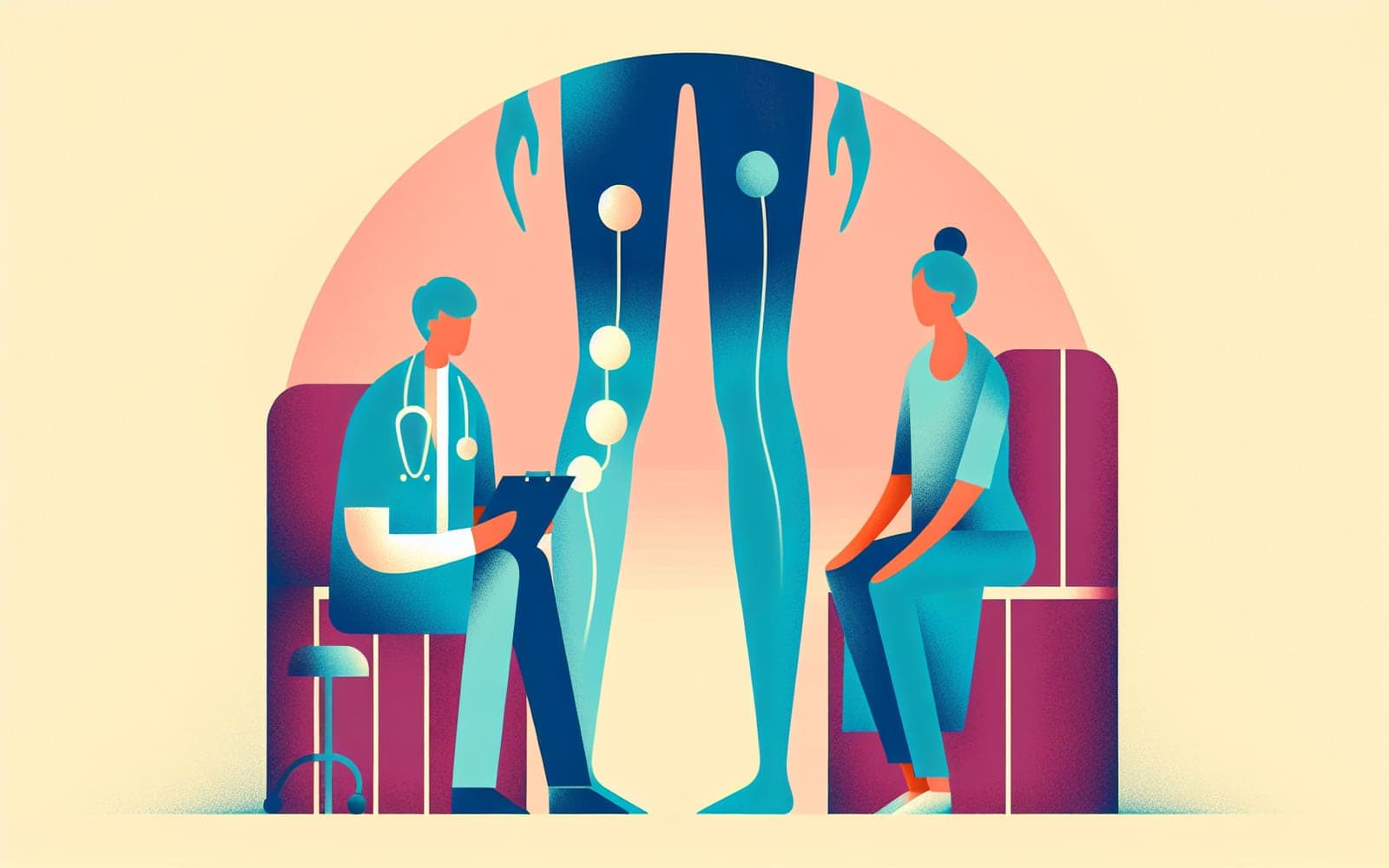Restless Legs Syndrome: Why Your Legs Won't Stay Still!
Published: Mar 09, 2024

Medically reviewed by Benjamin Seth Martinez | MD, Statpearls - Director of Clinical Content on March 9th, 2024.
Restless Legs Syndrome (RLS) makes your legs feel restless, especially when you're trying to relax. Let's explore why it happens and what you can do about it.
Contents
What is Restless Legs Syndrome?
Restless Legs Syndrome (RLS) is a condition where you feel an uncontrollable urge to move your legs, often accompanied by uncomfortable sensations. This typically happens during periods of inactivity, especially in the evenings. The discomfort is temporarily relieved by movement, making it hard to sit still or fall asleep.
Who Gets RLS?
RLS can affect anyone, but it is more common in adults than in children and tends to worsen with age. Women are more likely to experience RLS than men, particularly during pregnancy. People of northern European descent are also more frequently affected, while it is less common in Asia and Africa.

What Causes Restless Legs Syndrome?
The exact cause of RLS is still a mystery, but it is linked to low iron levels in the brain and changes in the dopamine system, which affects movement. Genetics also play a role, with about half of RLS sufferers having a family member with the condition. Other factors, such as pregnancy, kidney failure, and certain medications, can also contribute.
Frequently Asked Questions
An irresistible urge to move the legs, often with uncomfortable sensations, especially at night.
It primarily affects adults, more often women and people of European descent.
Yes, around 40-60% of RLS cases have a family history.
Yes, low iron levels and certain medications can trigger RLS.
Key Takeaways
Understanding RLS can help manage its impact on your life and improve your sleep.
Talk to Doctronic about ways to relieve your restless legs and get a better night's sleep today!Related Articles
References
Ohayon MM, O'Hara R, Vitiello MV. Epidemiology of restless legs syndrome: a synthesis of the literature. Sleep Med Rev 2012; 16:283.
Yeh P, Walters AS, Tsuang JW. Restless legs syndrome: a comprehensive overview on its epidemiology, risk factors, and treatment. Sleep Breath 2012; 16:987.
This article has been reviewed for accuracy by one of the licensed medical doctors working for Doctronic. Always discuss health information with your healthcare provider.

